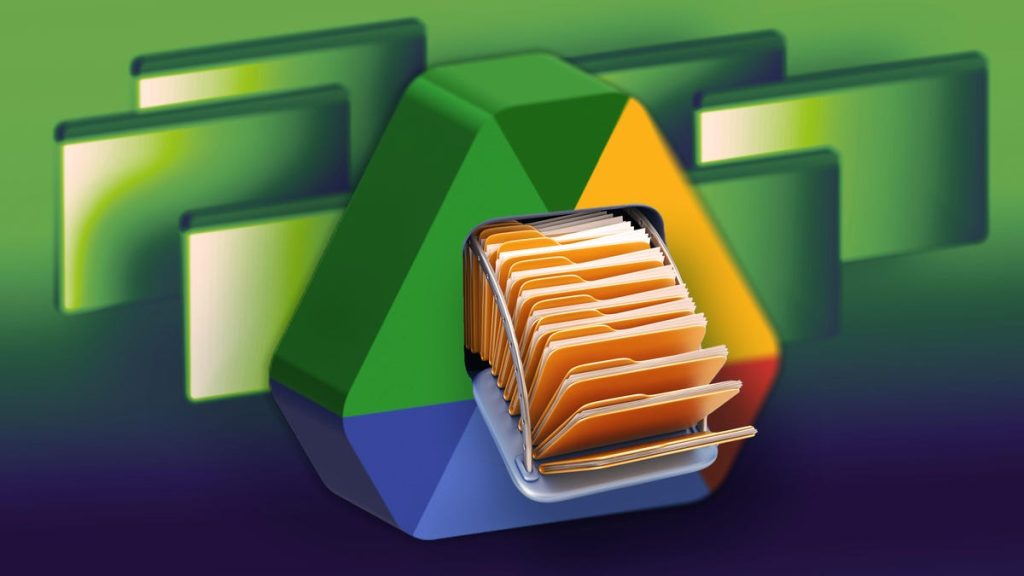Google Drive is a popular digital storage service with over 2 billion active monthly users, but each account only gets 15GB of free space. If you run out of storage, you’ll see a message to upgrade to Google One, but there are tricks to free up space for free. You can easily find and delete large files in Google Drive by sorting by file size and deleting one or two large files. In Gmail, you can delete emails by size, including attachments larger than 10MB, and empty your spam folder to free up unnecessary data.
In Google Photos, you can delete old or duplicate photos and videos to make room in your storage. There’s no automatic option to sort by size, so you’ll have to go through and delete manually. You can also reduce the file size of some photos and videos to regain space, but it will lower the quality of the media. If all else fails, you can download your files to your desktop and store them on another hard drive to free up space in your Google account.
It’s recommended to try these tips on a desktop for easier file management, but mobile devices can also be used to delete files by size. In Google Drive, you can select and delete large files by size, and in Gmail, you can delete emails with attachments larger than 10MB and empty your spam folder. In Google Photos, you can delete old or duplicate photos and videos, or reduce the file size of media to save space. You can also download your files to your desktop for storage and free up space in your Google account.
Deleting large files, emails, and photos, as well as emptying spam folders and trash bins, can help maintain storage space in Google Drive, Gmail, and Google Photos. By implementing these tips and tricks, users can efficiently manage their digital storage and avoid the need to upgrade to a Google One plan for additional space. With proper organization and deletion of unnecessary files, users can make the most of their 15GB of free storage in Google services.


